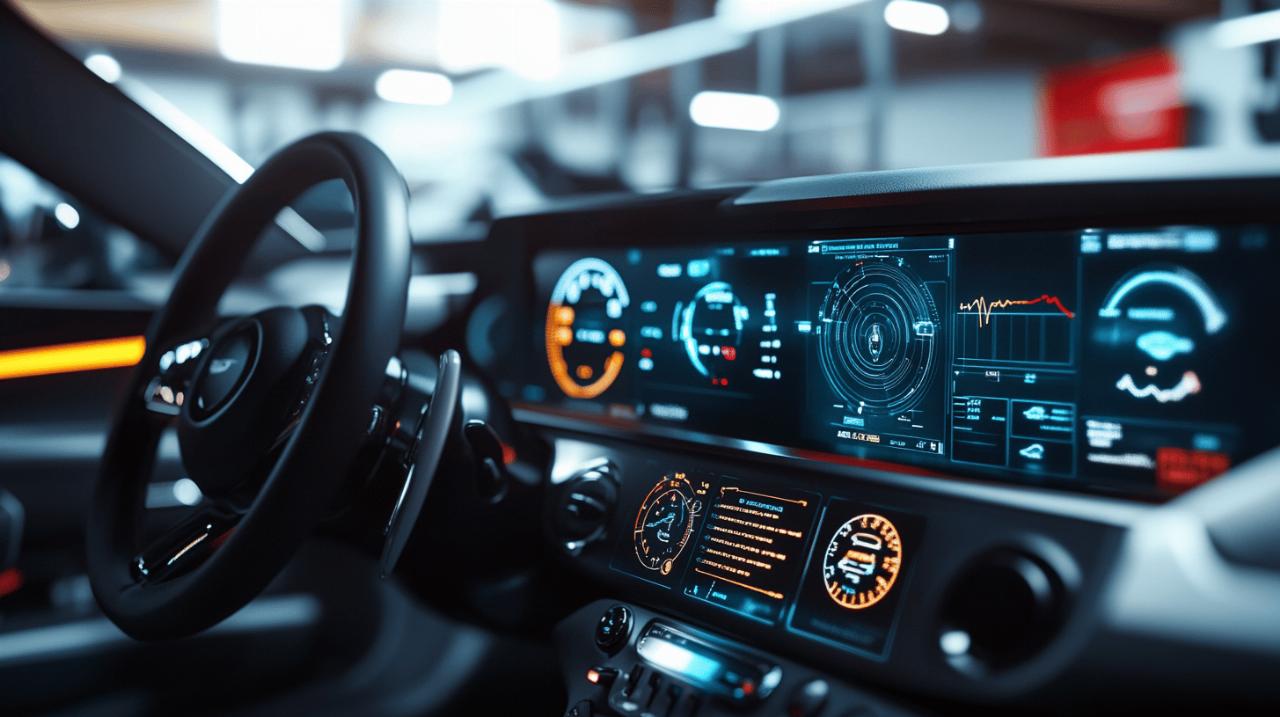Keeping your vehicle in top condition isn’t just about maintaining its appearance – it’s about ensuring longevity, safety, and optimal performance throughout its lifespan. Regular maintenance can extend your vehicle’s roadworthiness well beyond the average 8-year life expectancy, potentially reaching the 14-year scrappage age with proper care. Whether you’re a new car owner or looking to improve your maintenance habits, these essential tips will help preserve your vehicle’s value and performance.
Regular fluid checks and changes
Auto Health begins with proper fluid management, which forms the foundation of vehicle reliability. Neglecting this aspect can lead to premature engine wear and costly repairs down the road. Establishing a routine for checking and changing fluids is perhaps the most fundamental aspect of car maintenance.
Understanding engine oil importance
Engine oil serves as the lifeblood of your vehicle, providing crucial lubrication to moving parts while reducing friction and heat. Experts recommend changing your oil every 3,000 to 5,000 miles, though modern vehicles with synthetic oils may extend this interval. Regular oil checks should become a fortnightly habit, looking not just at levels but also at oil clarity. Fresh oil appears amber and translucent, while degraded oil becomes darker and opaque. Remember that quality matters just as much as frequency – using manufacturer-recommended grades ensures optimal engine protection.
Monitoring coolant and brake fluid levels
Beyond oil, your vehicle relies on several other vital fluids. Coolant prevents your engine from overheating while providing freeze protection during winter months. Brake fluid transfers the force applied to your brake pedal to the actual braking mechanism, making it critical for safety. Power steering fluid ensures smooth steering operation. Each requires regular inspection and occasional replacement according to your vehicle’s service schedule. Low levels of any fluid can indicate leaks that should be addressed promptly before they develop into more serious problems requiring extensive repairs.
Tyre care and maintenance
Tyres represent the only contact points between your vehicle and the road, making their maintenance essential for both safety and performance. Well-maintained tyres contribute significantly to fuel efficiency while providing necessary traction in various driving conditions.
Proper pressure monitoring techniques
Weekly tyre pressure checks should become a regular habit for any conscientious vehicle owner. Under-inflated tyres increase rolling resistance, reducing fuel economy while causing excessive and uneven wear patterns. Over-inflated tyres provide less road contact, potentially compromising handling and braking distances. Always check pressure when tyres are cold for accurate readings, and follow the manufacturer recommendations found in your owner’s manual or door jamb sticker rather than the maximum pressure printed on the tyre sidewall.
Rotation and alignment benefits
Rotating your tyres every 5,000 to 7,000 miles ensures they wear evenly, maximizing their lifespan. Front and rear tyres often wear differently due to weight distribution and driving dynamics. Similarly, proper wheel alignment prevents uneven wear while improving handling and fuel efficiency. Consider replacing tyres when tread depth reaches between 2mm and 3mm, well before the legal minimum of 1.6mm, to maintain optimal performance in wet conditions. This proactive approach to tyre maintenance not only enhances safety but also proves economical over time by extending replacement intervals.
Early problem detection
Identifying potential issues before they escalate can save substantial repair costs and prevent roadside breakdowns. Developing awareness of your vehicle’s normal operation helps you notice subtle changes that might indicate developing problems.
Recognising warning sounds and vibrations
Vehicles typically communicate problems through unusual noises or vibrations. Squealing brakes might indicate worn pads, while grinding suggests more advanced wear requiring immediate attention. Rhythmic clicking during turns could indicate failing CV joints, and vibrations at certain speeds might point to wheel balancing issues or worn suspension components. Rather than turning up the radio to mask these warning signs, consider them valuable diagnostic information. Addressing these symptoms promptly often involves simpler, less expensive repairs compared to waiting until complete component failure occurs.
Dashboard warning lights explained
Modern vehicles feature sophisticated monitoring systems that illuminate warning lights when problems are detected. The check engine light might indicate anything from a loose fuel cap to serious engine problems, while ABS or brake system warnings should never be ignored. Battery warnings suggest charging system issues that could leave you stranded. Rather than dismissing these illuminated indicators, have them diagnosed promptly. Many auto parts stores offer free diagnostic scanning services that can identify the specific fault codes triggering these warnings, helping you make informed decisions about necessary repairs.
Timely repairs and servicing
Following a consistent maintenance schedule prevents many common vehicle problems while extending component lifespan. Regular servicing catches developing issues before they cause cascading damage to multiple systems.
Addressing minor issues promptly
Small problems rarely resolve themselves and typically worsen over time. A minor oil leak might eventually lead to engine seizure if allowed to continue unchecked. Squeaking belts indicate wear that could result in sudden breakage and potentially extensive engine damage. Addressing these minor concerns promptly typically costs significantly less than dealing with the consequences of component failure. This approach also minimizes inconvenience by allowing you to schedule repairs at your convenience rather than facing emergency situations.
Following manufacturer service schedules
Vehicle manufacturers develop service schedules based on extensive testing and real-world experience. These schedules typically include minor services annually and major services every two to three years. Following these recommendations ensures that wear items are replaced before failure and that systems receive appropriate attention at optimal intervals. While extending service intervals might seem economical in the short term, the resulting accelerated wear and potential for major component failure typically costs more over your vehicle’s lifetime. Consider manufacturer-recommended service as an investment in reliability rather than an unnecessary expense.
Exterior and interior maintenance
Protecting your vehicle’s appearance does more than maintain its visual appeal – it prevents deterioration of both structural and comfort features that affect overall value and enjoyment.
Protecting paintwork and preventing rust
Regular washing removes corrosive substances like road salt, bird droppings, and industrial fallout that can damage paintwork. Waxing provides a protective barrier against environmental contaminants while enhancing appearance. For older vehicles particularly susceptible to corrosion, professional rust-proofing treatments offer valuable protection against structural deterioration. When possible, garage storage or quality car covers shield your vehicle from environmental exposure, preventing paint fading from UV damage and protecting against weather-related deterioration.
Upholstery care and cabin cleanliness
Interior maintenance preserves comfort features while preventing premature wear. Regular vacuuming removes abrasive particles that can damage upholstery, while appropriate cleaners prevent staining and material degradation. Leather surfaces benefit from specialized conditioners that prevent drying and cracking. Dashboard and trim cleaning prevents dust accumulation in controls while protecting against UV damage that causes fading and cracking. This attention to interior details maintains not just appearance but also functionality of comfort and convenience features throughout your vehicle’s life.
Driving habits for vehicle longevity
How you drive significantly impacts component wear and overall vehicle lifespan. Developing mechanical sympathy through thoughtful driving techniques preserves critical systems while often improving efficiency.
Gentle acceleration and braking techniques
Smooth driving techniques reduce strain on virtually every vehicle component. Gentle acceleration minimizes engine and transmission stress, while gradual braking extends pad and rotor life. Anticipating traffic flow allows you to modulate speed without abrupt changes, reducing wear on suspension components and drivetrain parts. While smooth driving predominates, occasionally allowing your engine to reach higher RPMs helps prevent carbon buildup, particularly important in modern direct-injection engines. For diesel vehicles, monthly motorway driving helps clear particulate filters and prevents regeneration issues.
Cold weather starting and warm-up procedures
Cold starts place the greatest strain on your engine, as oil pressure takes time to build and reach all components. Allow your vehicle a brief warm-up period before driving, particularly in colder temperatures, but avoid extended idling which wastes fuel and can cause carbon deposits. Once driving, keep engine loads light until operating temperature is reached. During winter months, battery maintenance becomes particularly important, as cold temperatures reduce starting capacity. Consider using a trickle charger for vehicles that sit idle for extended periods, and try to drive weekly to maintain battery condition.

